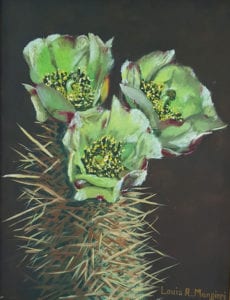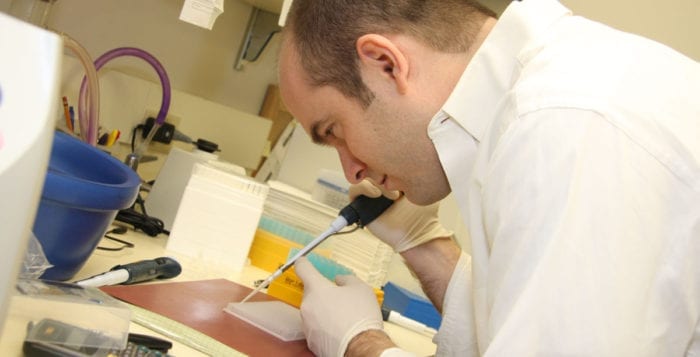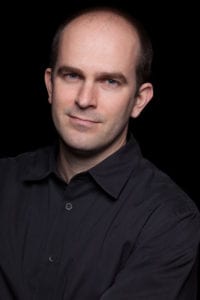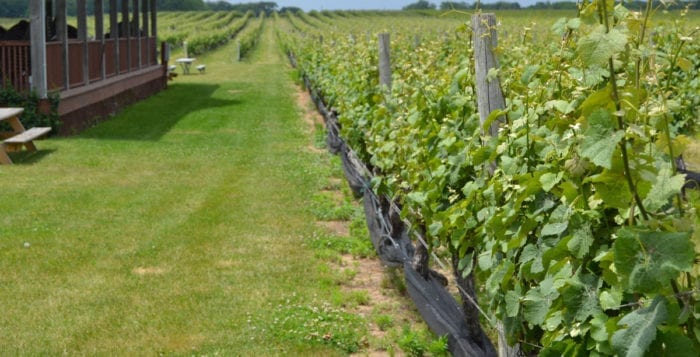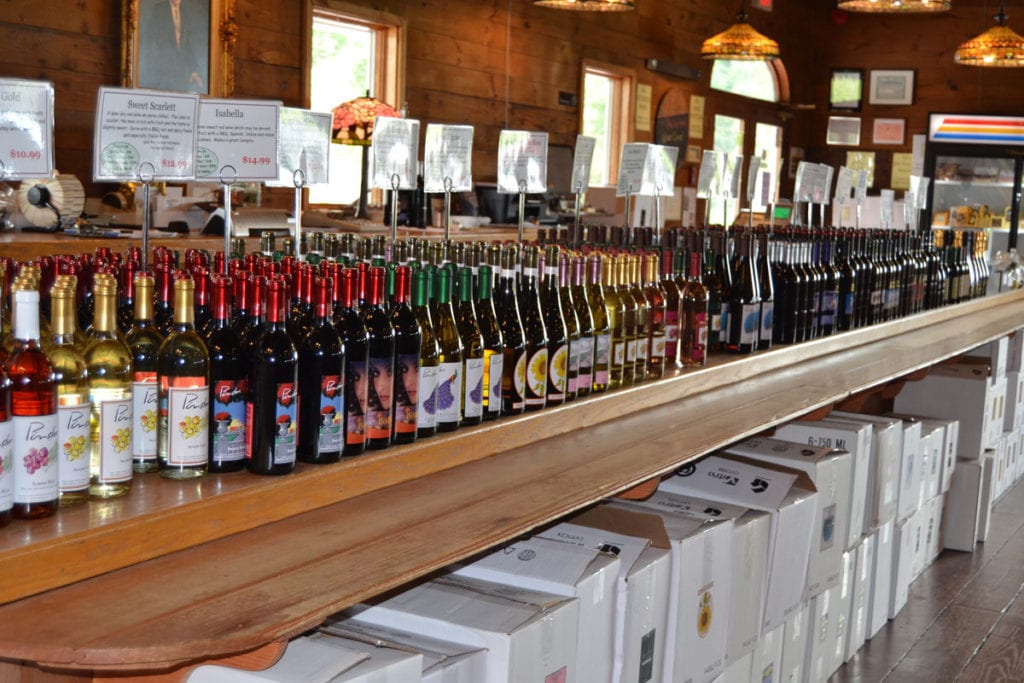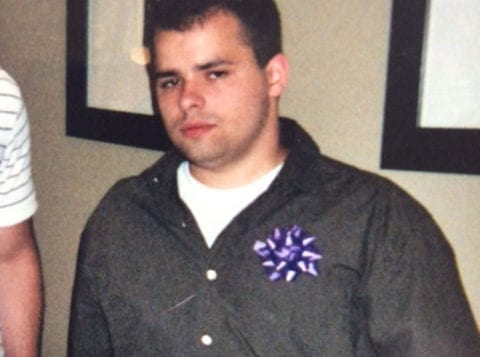Summer is officially here, accompanied by reports of above-average temperatures from around the country. Dehydration is of particular concern at this time of year. Complications can be mild to severe, ranging from mood changes and headaches to heart palpitations, heat stroke, migraines and heart attacks.
We may be dehydrated prior to experiencing symptoms of thirst. Signals and symptoms of dehydration include tiredness, constipation, dry skin, dizziness or light-headedness, reduced tears and decreased or dark urine (1).
Dehydration can also be caused by medications. Diuretics, which are used by many for high blood pressure, heart failure, swelling and other chronic disorders, are primary culprits, especially in elderly patients.
There are inexpensive blood tests to help confirm mild dehydration. Simple blood urea nitrogen (BUN) and creatinine level tests are part of a basic metabolic panel. If each level on its own is high, this indicates there may be dehydration (2). If the ratio of BUN to creatinine is above 20, this is another signal that a patient may be dehydrated.
In addition, elevated sodium, potassium, urea and glucose are good indicators (3). Another way to confirm dehydration is to look at urine sodium concentrations. If they are low, it’s another red flag (2).
Headaches and migraines
Temperature is a potential trigger for headaches and migraine. As the temperature rises by intervals of 9 degrees, the risk for headache and migraines increases by 8 percent (4). This study involved 7,054 participants from one emergency room site. Warmer temperatures can potentially reduce blood volume in the body, causing dilation of the arteries, resulting in higher risk of headaches and migraines.
In another study, those who drank four cups more water had significantly fewer hours of migraine pain than those who drank less (5). Headache intensity decreased as well. Anecdotally, I had a patient who experienced a potentially dehydration-induced migraine after playing sports in the sweltering heat of Florida. He had the classic aura and was treated with hydration, Tylenol and caffeine, which helped avoid much of the suffering.
Heart palpitations
Heart palpations are very common and are broadly felt as a racing heart rate, skipped beat, pounding sensation or fluttering. Dehydration and exercise are contributing factors (6). They occur mainly when we don’t hydrate prior to exercise. All we need to do is drink one glass of water prior to exercise and then drink during exercise to avoid palpitations. Though these are not usually life threatening, they are anxiety producing for patients.
Cardiovascular issues
The Adventist Health Study, an observational study, showed a dose-response curve for men (7). In other words, group one, which drank more than five glasses of water daily, had the least risk of death from heart disease than group two, which drank more than three glasses of water daily. Those in group three, which drank less than two glasses per day, saw the least amount of benefit, comparatively. For women, there was no difference between groups one and two; both fared better than group three.
The reason for this effect, according to the authors, may relate to blood or plasma viscosity (thickness) and fibrinogen, a substance that helps clots form.
In a recently published small study, researchers studied the effects of mild dehydration on healthy males in their 20s (8). The study used intermittent, low-intensity walking to induce a 2 percent hydration deficit among study participants. Then, they provided a low water content diet for the remainder of the day.
Participants showed significantly impaired endothelial function. The endothelium is the inner lining of the blood vessels. Endothelial dysfunction can impair the balance between dilation and constriction of the blood vessels. Why is this important? This dysfunction can contribute to cardiovascular events such as heart attacks. While this study involved only 10 participants, it suggests that even mild dehydration can have a dramatic impact on cardiovascular health.
Ways to remain hydrated
How much water we need to drink depends on circumstances, such as diet, activity levels, environment and other factors. It is not true necessarily that we all should be drinking eight glasses of water a day. In a review article, the authors analyzed the data but did not find adequate studies to suggest that eight glasses is supported in the literature (10). It may actually be too much for some patients.
You may also get a significant amount of water from the foods in your diet. Nutrient-dense diets, like the Mediterranean or DASH diets, have a plant-rich focus. A study mentions that diets with a focus on fruits and vegetables increases water consumption (11). As you may know, 95 percent of their weights is attributed to water. An added benefit is an increased satiety level without eating calorically dense foods.
Mood and energy levels
In another recent study, mild dehydration resulted in decreased concentration, subdued mood, fatigue and headaches in women (9). In this small study, the mean age of participants was 23; they were neither athletes nor highly sedentary. Dehydration was caused by walking on a treadmill with or without taking a diuretic (water pill) prior to the exercise. The authors concluded that adequate hydration was needed, especially during and after exercise.
I would also suggest, from my practice experience, hydration prior to exercise.
The myth: Coffee is dehydrating
In a review, it was suggested that caffeinated coffee and tea don’t increase the risk of dehydration, even though caffeine is a mild diuretic (12). With moderate amounts of caffeine, the liquid has a more hydrating effect than the diuretic effect.
Thus, it is important to stay hydrated to avoid complications — some are serious, but all are uncomfortable. Diet is a great way to ensure that you get the triple effect of high amount of nutrients, increased hydration and sense of feeling satiated without calorie-dense foods. However, don’t go overboard with water consumption, especially if you have congestive heart failure or open-angle glaucoma (13). If you overhydrate with water, you can experience similar symptoms to dehydration. It is a good idea to review your medications with your doctor for possible dehydrating side effects.
References:
(1) mayoclinic.org. (2) uptodate.com. (3) BMJ Open online, Oct 21 2015. (4) Neurology. 2009 Mar 10;72(10):922-927. (5) Handb Clin Neurol. 2010;97:161-172. (7) my.clevelandclinic.org. (7) Am J Epidemiol 2002 May 1; 155:827-833. (8) European Journal of Nutrition online, Feb 10 2016. (9) J. Nutr. February 2012 142: 382-388. (10) AJP – Regu Physiol. 2002;283:R993-R1004. (11) Am J Lifestyle Med. 2011;5(4):316-319. (12) Exerc Sport Sci Rev. 2007;35(3):135-140. (13) Br J Ophthalmol. 2005:89:1298–1301
Dr. Dunaief is a speaker, author and local lifestyle medicine physician focusing on the integration of medicine, nutrition, fitness and stress management. For further information, visit www.medicalcompassmd.com or consult your personal physician.



